(1054 products available)







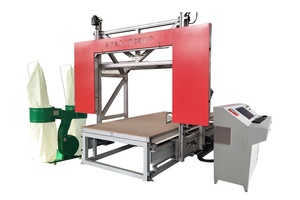
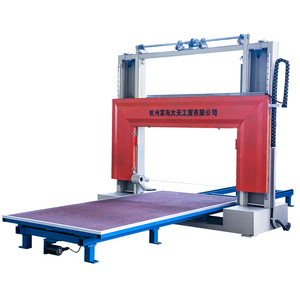









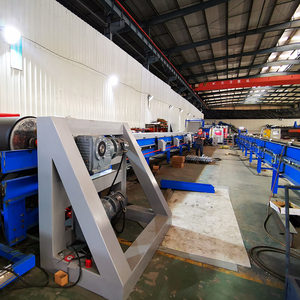
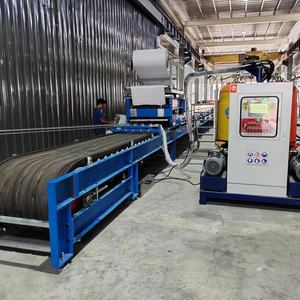























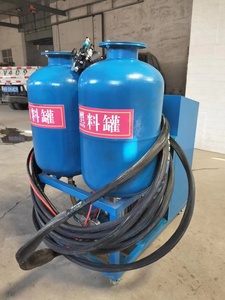











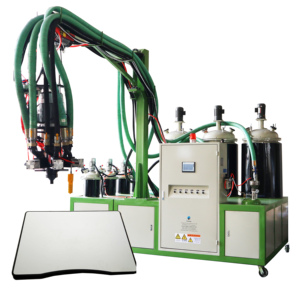


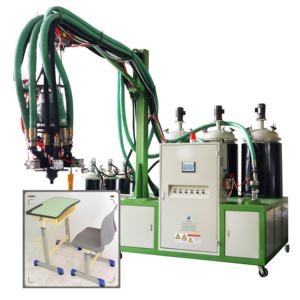

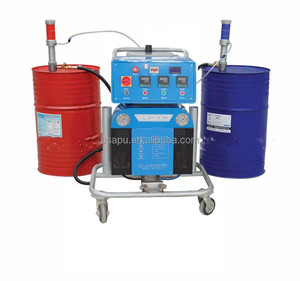




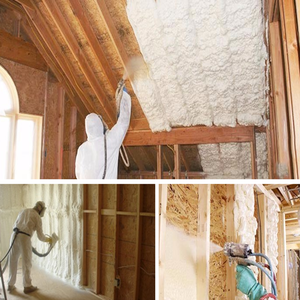



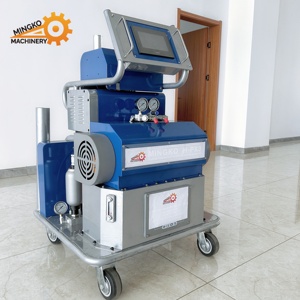
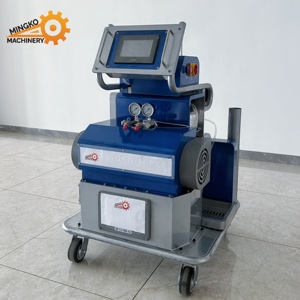









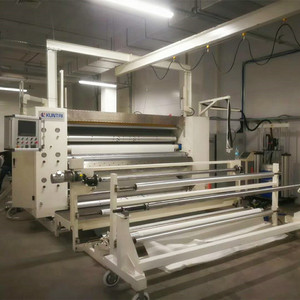



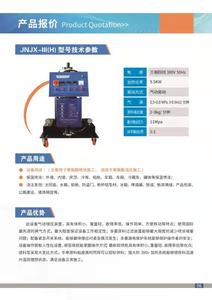




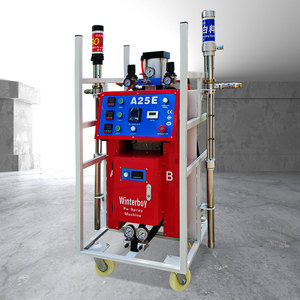



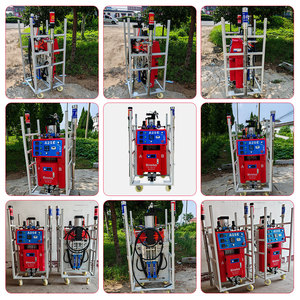
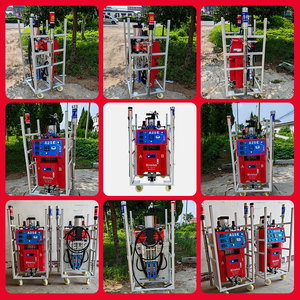


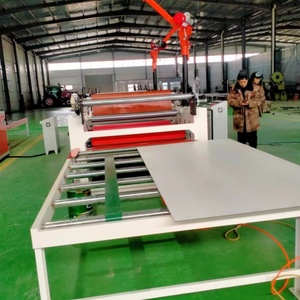
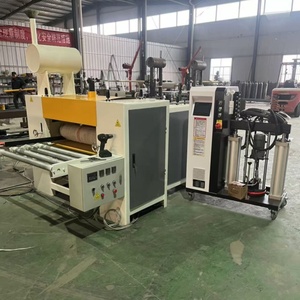






















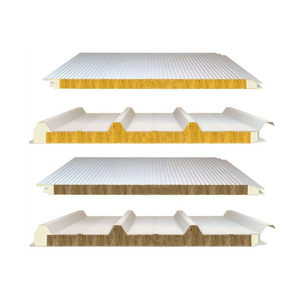

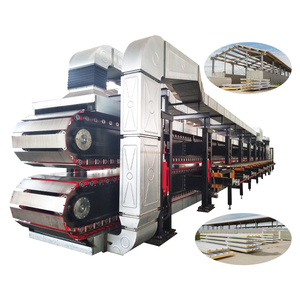

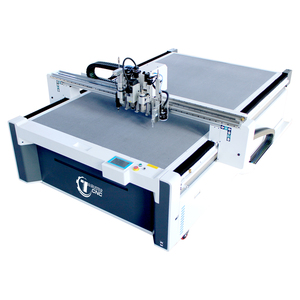














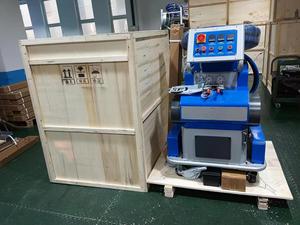
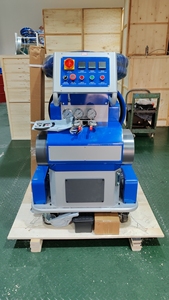
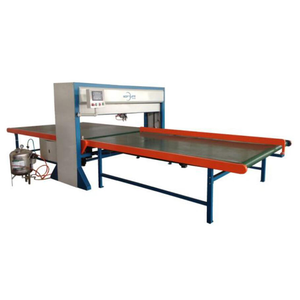









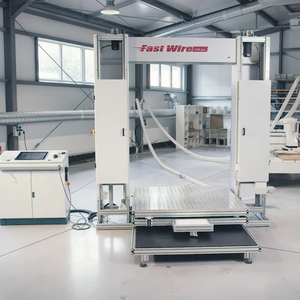

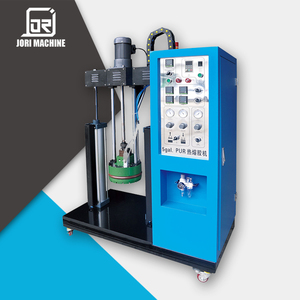




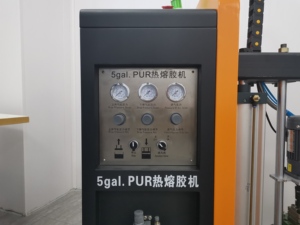

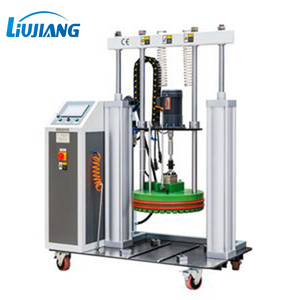

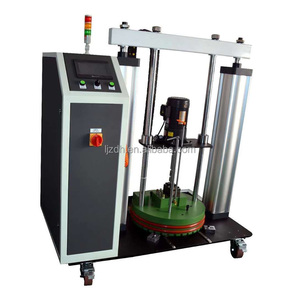
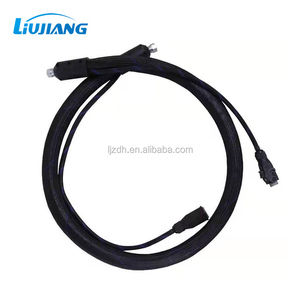

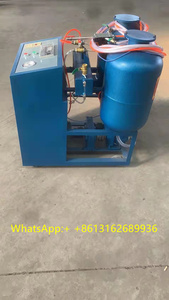


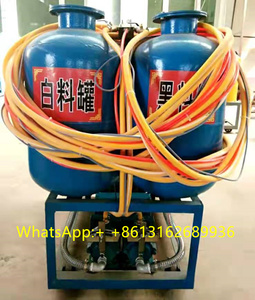
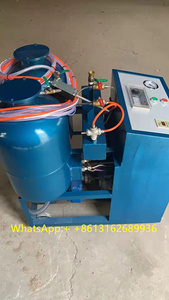




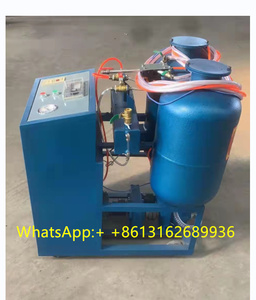


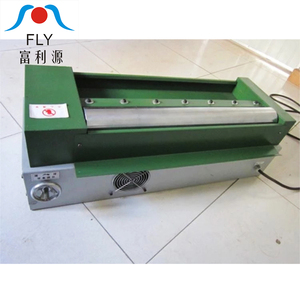






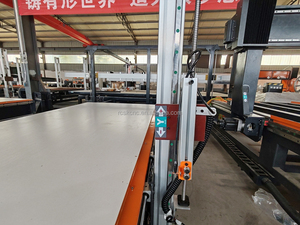






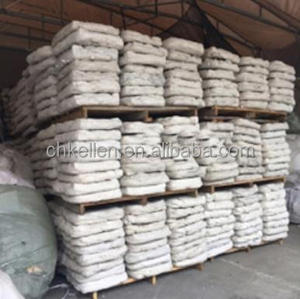




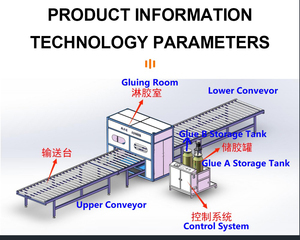

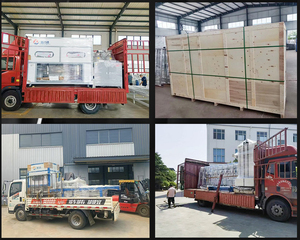
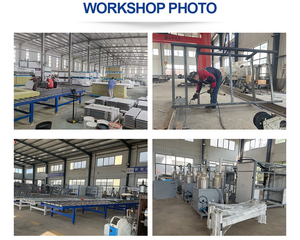





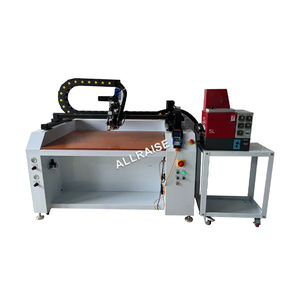



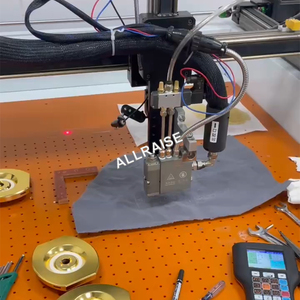
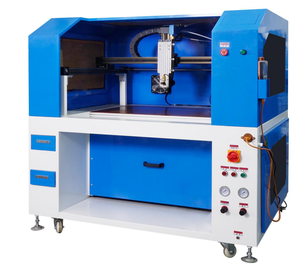




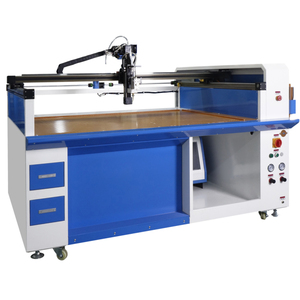
The pur foam machine makes polyurethane foam, which is a petroleum-based plastic gel. Different Pur foam machines can create various forms of foam on an industrial scale.
Rigid foams:
A rigid PUR foam machine produces solid polyurethane foam. Thermal insulation for buildings and refrigeration is commonly used with rigid foams. They are also used to make lightweight, stiff material for packaging protective cushioning, structural components, and automotive products.
Flexible Foams:
PUR flexible foam machines produce soft foams with a low compression set that bounces back quickly when compressed. Flexible foams absorb impact and vibrations. They are typically used in the seating and automotive industries. Flexible foams are made to create mattresses, pillows, and top-of-the-line cushioning for furniture and bedding products.
Semi-rigid foams:
Polyurethane semi-rigid foam has a cellular structure that is between flexible and rigid foams. It is typically used for making parts like seat backs, armrests, binnacles, and other components that require a lightweight material with some buoyancy. An automatic pur foam machine can make semi-rigid foams. The machine uses a foaming agent, isocyanate, and alcohol as a stabilizer to produce a kind of foam with rigid and flexible characteristics.
Capacity:
Some small-scale foam-making machines can produce about 50 to 100 liters of foamy material in a given mix. However, larger machines can produce 500 to 1000 liters or even 4000 to 5000 liters with every mixing cycle.
Power:
The power requirement of a foam-making machine will depend on the type and size of the machine. Typically the small-scale machines use AC motors of around 3 to 7.5 horsepower. Bigger foam machines that produce more power will use greater motor powers with about 15 to 30 horsepower.
Weight:
A small portable foam machine might weigh around 100 to 200 kg. However, bigger machines that have a large production capacity will weigh a lot more. Some may weigh around 500 kg, while some could be as heavy as 1000 kg or more.
The specifications can change depending on whether businesses use a rigid polyurethane foam machine or a flexible one.
Manufacturers and businesses have to do regular maintenance of the foaming machines to ensure that they work properly, have a long life, and produce foam consistently and smoothly without interruptions.
Daily Checks:
Operators or maintenance staff should check the foam machine every day before starting production. They should inspect the entire machine and the parts to see if there is any damage or wear and tear. All fastening parts should be checked for any loose components, and fluid leaks should be seen and addressed. The parts of the machine that require lubrication should be lubricated as per the guidelines.
Weekly cleaning:
The machine should be cleaned thoroughly every week. All the hoses, stirrer, pump, nozzle, and mixing container should be cleaned properly to remove any residue. It is also important to calibrate the mixing ratios and the pump output on a weekly basis so that the consistency of the foam does not change.
Monthly maintenance:
More extensive maintenance procedures should be performed once a month to keep the foaming machine working well. During this time, the belts and chains should be inspected and adjusted properly if needed. The filters of the pumps should be cleaned, and the electrical connections should be inspected and cleaned to remove any dust buildup.
Packaging Industry:
In the packaging industry, a pur foam machine creates protective packaging for fragile products. It produces lightweight and resilient foam inserts, cushioning, or corners that envelop items like electronics, glassware, or medical devices. The custom-designed foam packaging minimizes the risk of damage or breakage during transit, ensuring the items arrive at their destination safely.
Automotive Industry:
In the automotive industry, a pur foam machine is used for seating applications. It produces foam seats with high durability and comfort. The machine injects foam into seat frames or molds, where it expands and solidifies, forming the seats.
Construction Industry:
In the construction industry, a pur foam machine plays a vital role in insulation applications. It produces insulated panels that provide excellent thermal insulation for commercial and residential buildings. The machine injects foam between two facings (usually metal or fiberglass), where it expands and bonds, forming the panels.
Furniture Industry:
In the furniture industry, a pur foam machine is widely used to produce cushions for various types of furniture. It creates soft and comfortable foam cushions for chairs, sofas, and auditorium seats. The machine injects foam into molds or directly into furniture pieces, where it expands and fills the desired areas, providing ergonomic support and comfort.
Healthcare Industry:
In the healthcare industry, a pur foam machine is essential in producing medical foam products. It creates foam mattresses, cushions, and other devices used for pressure relief and patient comfort. The machine injects foam into molds or bladders, where it expands and forms the desired shapes, ensuring optimal support for patients.
Here are some factors to consider when choosing a pur foam machine:
Production capacity
Determine the machine's production capacity to meet business needs. Consider factors such as the amount of raw materials that can be processed per hour, the foaming volume and density, etc. Choosing a machine with the right production capacity can improve work efficiency and avoid bottlenecks in the production process.
Foam types and applications
Understand the different types of PU foams that the machine can produce. Some machines may only manage specific grades of foam, such as flexible, rigid, or semi-rigid. Ensure that the machine can produce foam types that satisfy industry requirements and application scenarios.
Automation and control systems
Consider the level of automation and the control system of the machine. Modern machines usually have automated features and computerized controls that make operation, adjustment, and monitoring more accessible. Choose a machine with an advanced automation system to enhance production efficiency and product uniformity.
Quality and reliability
When selecting a foam machine, it's vital to choose one with dependable materials, robust construction, and dependable performance. Investigate and analyze renowned manufacturers and brands within the industry, taking into account customer evaluations, use cases, and after-sales support. This ensures long-term operation stability and ease of maintenance.
Environmental adaptability
The working environments that foam machines are suitable for differ. Some machines can work in high-temperature and high-humidity environments, while others are appropriate for low-temperature and dry surroundings. When selecting a foam machine, make sure it can function effectively in the business's working environment.
Q1: What is the difference between flexible and rigid foam in a pur foam machine?
A1: Rigid polyurethane foam is commonly used for insulation purposes, whereas flexible polyurethane foam is used for cushioning applications.
Q2: What types of polyurethane are used in pur foam machines?
A2: Generally, two types of polyurethane are used: soft foam, which is more flexible, and Hard foam, which is less flexible and more resilient.
Q3: What are the applications of foam pur machines?
A3: Pur foam machines are used to produce cushioning products such as mattresses, seats, and packaging materials, among others.
Q4: Can users mix additives in a foam pur machine?
A4: Yes, to achieve specific characteristics in the foam, users can mix several additives, such as fire retardants, anti-UV agents, antibacterial agents, etc.